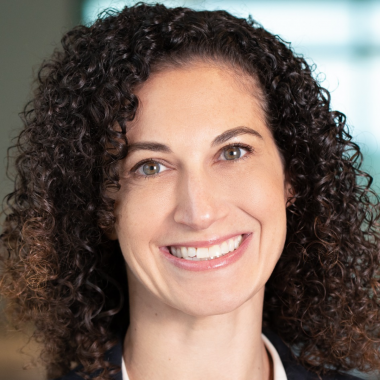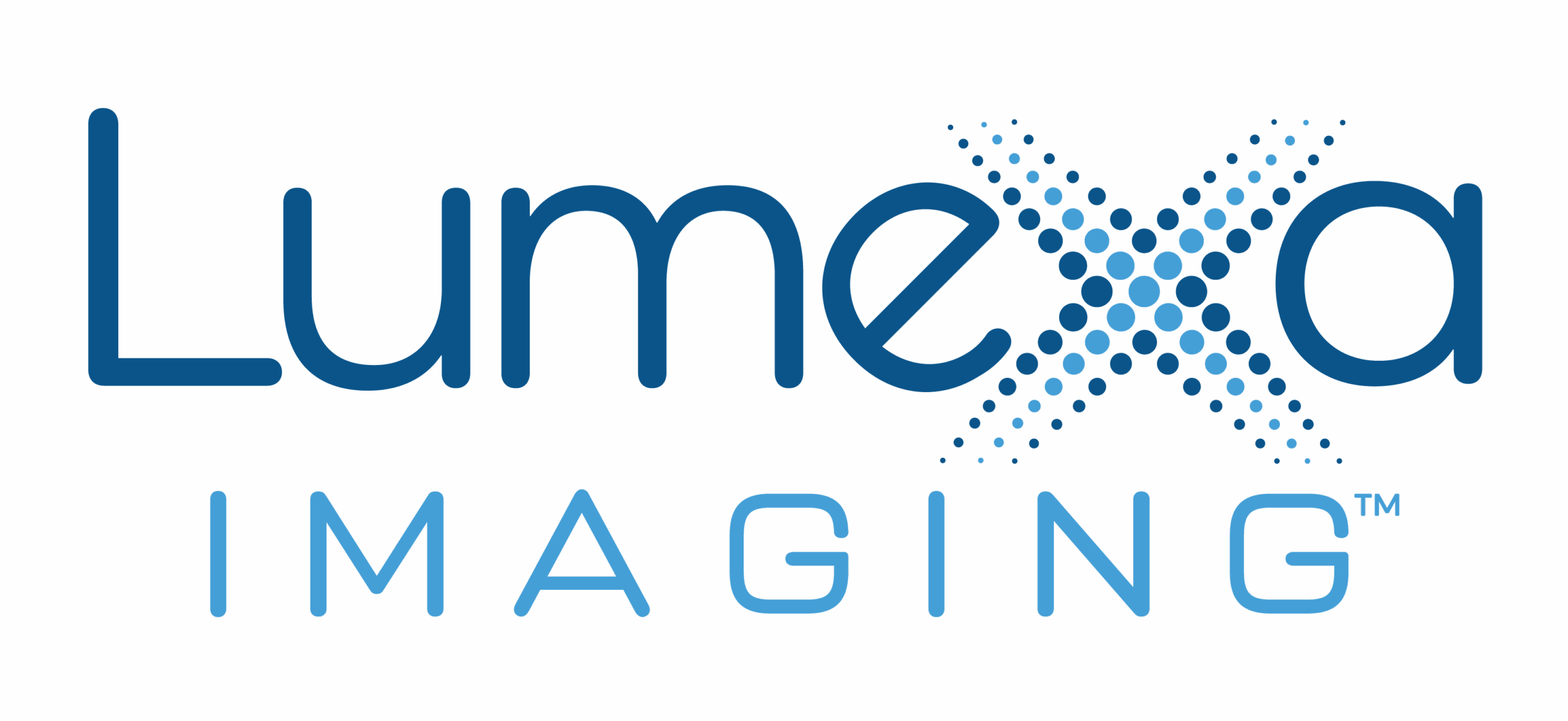Our Vascular and Interventional Radiologists at Charlotte Radiology can treat a variety of conditions including, uterine fibroids with a minimally invasive procedure known as Uterine Fibroid Embolization. We have teamed up with one of our expert radiologists to give you the facts on the subject. James Chen, MD is a Vascular and Interventional Radiologist with Charlotte Radiology and is board-certified and subspecialized in interventional radiology. We’ve gone straight to the source to ask him the truth about common misconceptions around uterine fibroids.
- Uterine Fibroids and Endometriosis are the same conditions.
- FALSE – Uterine Fibroids are common, benign tumors (abnormal growth) that develop from cells in the uterus and can enlarge over time. They are NOT cancerous and will not spread outside of the uterus. Symptoms include heavy menstrual flow, pain during menstruation, urinary frequency, bloating, and constipation. The prevalence of fibroids increases with age during the reproductive years. Pelvic ultrasound and MRI can detect the presence and location of fibroids.
- Endometriosis is a condition where the endometrial glands implant in parts of your body outside of the normal location (in the uterine endometrial canal). Most common sites where these glands implant is the ovaries, fallopian tubes, bladder, and bowel. Symptoms are pelvic pain during the menstrual period and/or intercourse. A definitive diagnosis requires a surgical biopsy.
- Another condition with clinical symptoms that overlap uterine fibroids and endometriosis is called Adenomyosis. The endometrial tissues abnormally deposit into the muscular layer of the uterus. Symptoms of adenomyosis are pelvic pain and heavy menstrual bleeding and are best diagnosed during an ultrasound or MRI.
- FALSE – Uterine Fibroids are common, benign tumors (abnormal growth) that develop from cells in the uterus and can enlarge over time. They are NOT cancerous and will not spread outside of the uterus. Symptoms include heavy menstrual flow, pain during menstruation, urinary frequency, bloating, and constipation. The prevalence of fibroids increases with age during the reproductive years. Pelvic ultrasound and MRI can detect the presence and location of fibroids.
- Uterine Fibroids Embolization is a painful procedure.
- FALSE – Uterine fibroid embolization (UFE) is a minimally invasive procedure with no surgery required! At Charlotte Radiology, it’s performed under sedation to keep patients relaxed and comfortable during the course of the procedure. By blocking blood flow to the fibroids, they will begin to shrink. Post-procedure, patients may experience pelvic pain and cramping which improve over the course of the first few days and are typically resolved by one week.
- A hysterectomy is the only treatment option for those suffering from uterine fibroids.
- FALSE – Clinical research shows that uterine fibroid embolization (UFE) is an effective alternative to hysterectomy for those who may be a good candidate and are suffering from symptomatic uterine fibroids. At Charlotte Radiology, our subspecialized physicians can treat fibroid patients using the UFE procedure.
- Uterine fibroids will disappear on their own.
- FALSE – Uterine fibroids can fluctuate in size, including spontaneously shrinking in some cases, but many fibroids will continue to enlarge, as a result of hormonal stimulation during premenopausal years. A conversation with your primary care physician or OB-GYN and an imaging evaluation can help clarify whether uterine fibroids are likely to be contributing to your symptoms and whether treatment may be beneficial.
- Uterine fibroids only affect women in their 30s and 40s.
- FALSE – While symptomatic uterine fibroids most commonly occur in women in their 30s and 40s, they can be present in younger and older patients as well.
We have two Vascular & Interventional Specialists Clinics in the Charlotte area. Schedule a consultation to learn more about this treatment option for uterine fibroids.



